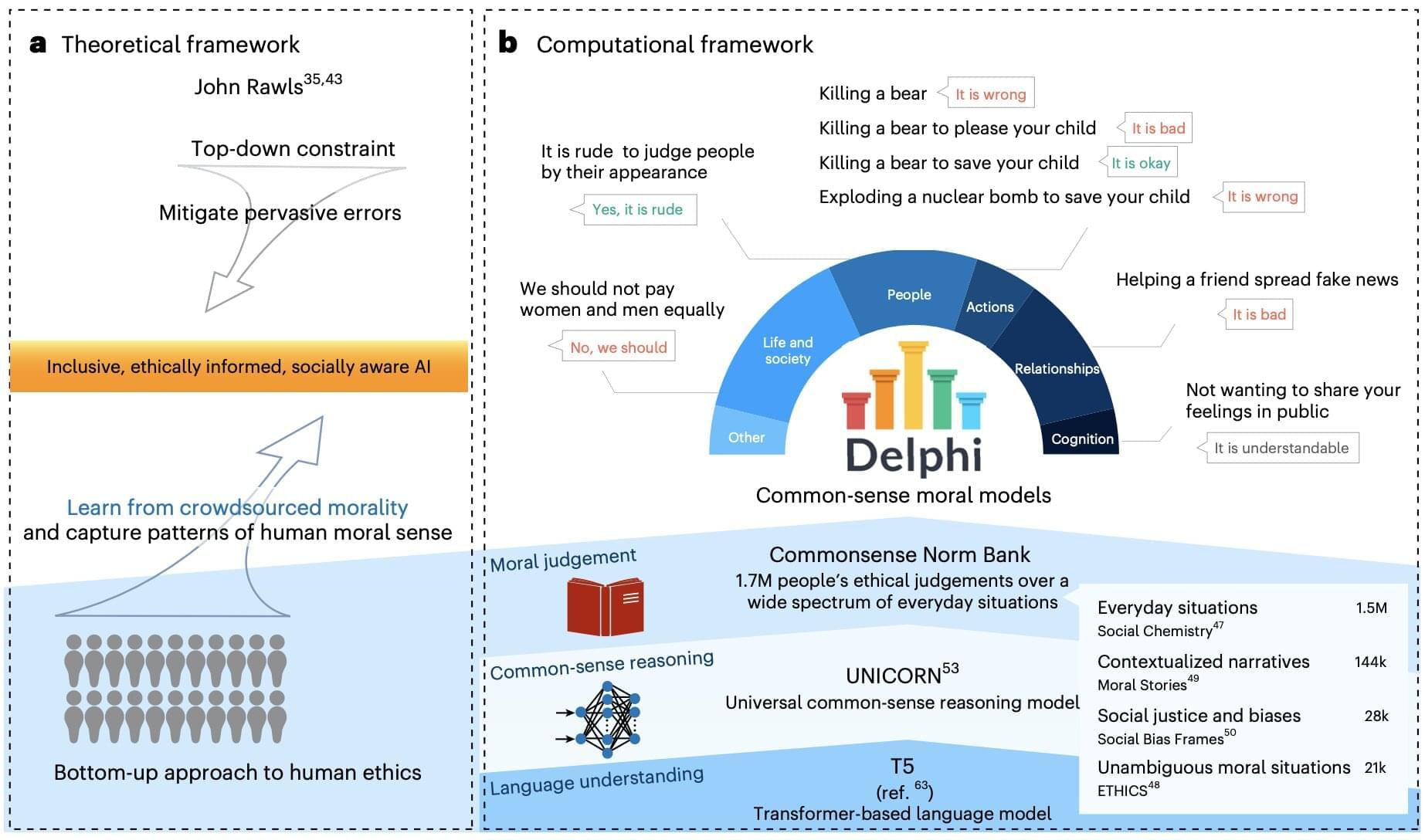FDA clears Stanford Medicine-spawned sepsis test, developed using machine learning, that leverages publicly available medical datasets from around the world.


The BCI is rapidly evolving, but the real challenge has always been the long-term usability of devices implanted in the brain. Because of this, it is exciting to see the early success stories of Neuralink with the three patients who have received chip implants so far. They have all achieved results beyond expectations without any risks, which has made Elon Musk even more confident and ambitious with his implanted chip. He has decided to upgrade the chip to a higher level to support more people with disabilities. At the same time, Musk has shared updates on the condition of the three Neuralink-implanted patients. This year, the number of implant recipients is expected to increase significantly. So, is this a major turning point for people to trust Neuralink? Explore the latest updates now, Welcome to Tesla Car World!
Full NEURALINK Human Trials! Elon Musk Reveals NEW Updates On Three Patient Shocking In 2025! You may not believe it, but from the perspective of many people, Neuralink is one of Elon Musk’s most controversial and ridiculous companies. They argue that Musk should focus on Tesla and SpaceX instead of a less widely accepted field like BCI. Concerns about the dangers of implanting chips in the brain, especially given how new this technology is, remain a hot topic of discussion. Some even fear that brain data could be misused or compromised if Neuralink were hacked. However, despite these concerns, it is undeniable that for the three implanted patients, Neuralink means more than ever. They seem to be living a second life, in fact, Neuralink makes them feel as if they have been reborn.
Full NEURALINK Human Trials! Elon Musk Reveals NEW Updates On Three Patient Shocking In 2025! Imagine losing the ability to move, communicate, or control your own body. Then, one day, something allows you to think and control a computer cursor, communicate with the world through your thoughts, and do things you had once given up hope on. For the three patients who have experienced Neuralink, this is not just an ordinary chip, it is an opportunity, a hope, a real-life miracle.
===
#888999evs #teslacarworld #teslacar #888999 #teslaneuralink #neuralink.
subcribe: https://bit.ly/3i7gILj
Health, vitality and longevity through bioengineering — kevin caldwell — CEO, ossium health.
Kevin Caldwell is CEO, Co-Founder & President of Ossium Health (https://ossiumhealth.com/), a commercial stage bioengineering company that leverages its proprietary organ donor bone marrow banking platform to develop stem cell therapies for patients with life-threatening hematologic conditions, organ transplant rejection, and musculoskeletal defects.
Mr. Caldwell built Ossium from a small startup into the clinical stage bioengineering company it is today, setting the company’s mission to improve human health through bioengineering and designed its platform-based model for cellular therapeutics development. He has led the company’s successful pursuit, negotiation, and execution of more than 50 business relationships, including 5 successful fundraisings and dozens of supply partnerships, clinical partnerships, and commercial contracts with biopharmaceutical companies.
After seven years of strategic engagement and networking, Mr. Caldwell drove the team to successfully secure a transformative federal contract with BARDA (Biomedical Advanced Research and Development Authority) that validates Ossium’s innovative approach. This milestone represents the culmination of persistent relationship-building, targeted proposals, and unwavering commitment to addressing national biomedical challenges through cutting-edge technology and collaborative partnerships.
Prior to founding Ossium, Mr. Caldwell served as an Engagement Manager at McKinsey’s San Francisco office where he advised clients in the biotechnology and healthcare sectors. His projects ranged from due diligence of acquisition targets in the biotech startup ecosystem to restructuring distressed biopharma companies. Mr. Caldwell led more than 20 engagements with more than a dozen clients, leading teams that advised clients on revenue growth, go to market strategy, and organizational restructuring.
Join us on Patreon! https://www.patreon.com/MichaelLustgartenPhD
Discount Links/Affiliates:
Blood testing (where I get the majority of my labs): https://www.ultalabtests.com/partners/michaellustgarten.
At-Home Metabolomics: https://www.iollo.com?ref=michael-lustgarten.
Use Code: CONQUERAGING At Checkout.
Clearly Filtered Water Filter: https://get.aspr.app/SHoPY
Epigenetic, Telomere Testing: https://trudiagnostic.com/?irclickid=U-s3Ii2r7xyIU-LSYLyQdQ6…M0&irgwc=1
Use Code: CONQUERAGING
NAD+ Quantification: https://www.jinfiniti.com/intracellular-nad-test/

Chemistry researchers at Case Western Reserve University have identified specific markers that could pave the way for new blood tests to detect diseases.
Almost every disease involves some degree of inflammation, yet standard blood tests cannot precisely identify which organs or tissues are affected.
Now, researchers at Case Western Reserve University have developed an antibody-based method to detect inflammation, which could pave the way for blood tests that identify disease-specific biomarkers. This advancement has potential applications in diagnosing conditions such as heart disease, Alzheimer’s.

…according to Replit president Michele Catasta, recent advancements in generative AI are enabling even programming neophytes to build software just as effectively as human engineers, without learning a single line of code.
Coding platform Replit is using generative AI to empower anyone to write software and create apps. Here’s how.

Advanced artificial intelligence (AI) tools, including LLM-based conversational agents such as ChatGPT, have become increasingly widespread. These tools are now used by countless individuals worldwide for both professional and personal purposes.
Some users are now also asking AI agents to answer everyday questions, some of which could have ethical and moral nuances. Providing these agents with the ability to discern between what is generally considered ‘right’ and ‘wrong’, so that they can be programmed to only provide ethical and morally sound responses, is thus of the utmost importance.
Researchers at the University of Washington, the Allen Institute for Artificial Intelligence and other institutes in the United States recently carried out an experiment exploring the possibility of equipping AI agents with a machine equivalent of human moral judgment.

In today’s AI news, Meta on Tuesday announced that it’ll host its first-ever dev conference dedicated to generative AI. Called LlamaCon after Meta’s Llama family of generative AI models, the conference is scheduled to take place on April 29. Meta said that it plans to share the latest on its open source AI developments to help developers build amazing apps and products.
In other advancements, after her sudden departure from OpenAI last fall, ex-CTO Mira Murati vanished from public view to start something new. Now, she is ready to share some details about what she’s working on. Her new AI startup is called Thinking Machines Lab, and while the specifics of what it plans to release are still under wraps, the company says its goal is “to make AI systems more widely understood, customizable and generally capable.”
Meanwhile, In a new paper, OpenAI researchers detail how they developed an LLM benchmark called SWE-Lancer to test how much foundation models can earn from real-life freelance software engineering tasks. The test found that, while the models can solve bugs, they can’t see why the bug exists and continue to make more mistakes.
And, Humane is selling most of its company to HP for $116 million and will stop selling AI Pin, the company announced today. AI Pins that have already been purchased will continue to function normally until 3PM ET on February 28th, Humane says in a support document. After that date, Pins will “no longer connect to Humane’s servers.”
Then, in this episode of Top of Mind, Gartner Global Chief of Research Chris Howard breaks down the buzz around agentic AI. Learn how AI agents can make autonomous decisions, optimize solutions and even collaborate in multi-agent systems to transform the future of business now.
And, inbound conversational AI phone calls can now easily be personalized using Twilio and ElevenLabs Conversational AI. Provide dynamic variables based on the inbound caller id, and override the prompt, language, first message to fully customize your voice AI agents.
In other videos, Tim is diving into SkyReels, a powerful new AI video model that’s free, open-source, and comes with its own robust platform. In this deep dive, he’ll walk through SkyReels’ unique features—from its human-centric training data to its text-to-video and image-to-video workflows.
Use my code MIC25 for 25% off your first month’s supply of Seed’s DS-01® Daily Synbiotic: https://seed.com/mic.
We need to talk about human brain organoids!
- Links and Sources
Link Page with eBooks and Socials: https://linktr.ee/micthevegan.
Support Me Here: https://www.patreon.com/micthevegan.
Vegan Bootcamp: https://vbcamp.org/Micthevegan.
My New Newsletter Sign-Up:
https://mailchi.mp/2785ad113ff7/micthevegan-emails.
Brain Signature Compared to Human Development:
https://www.cell.com/cell-stem-cell/fulltext/S1934-5909(19)30337-6
Brain Organoids (Can) Remove Animal Testing:
https://www.ncbi.nlm.nih.gov/pmc/articles/PMC10013781/
Genes Connected to Autism — Mini Brain Research:
https://www.nature.com/articles/s41586-023-06473-y.
Mini Brains and Cancer Treatment:
https://www.cell.com/action/showPdf?pii=S2211-1247%2819%2930242-6
Rett Syndrome Study: